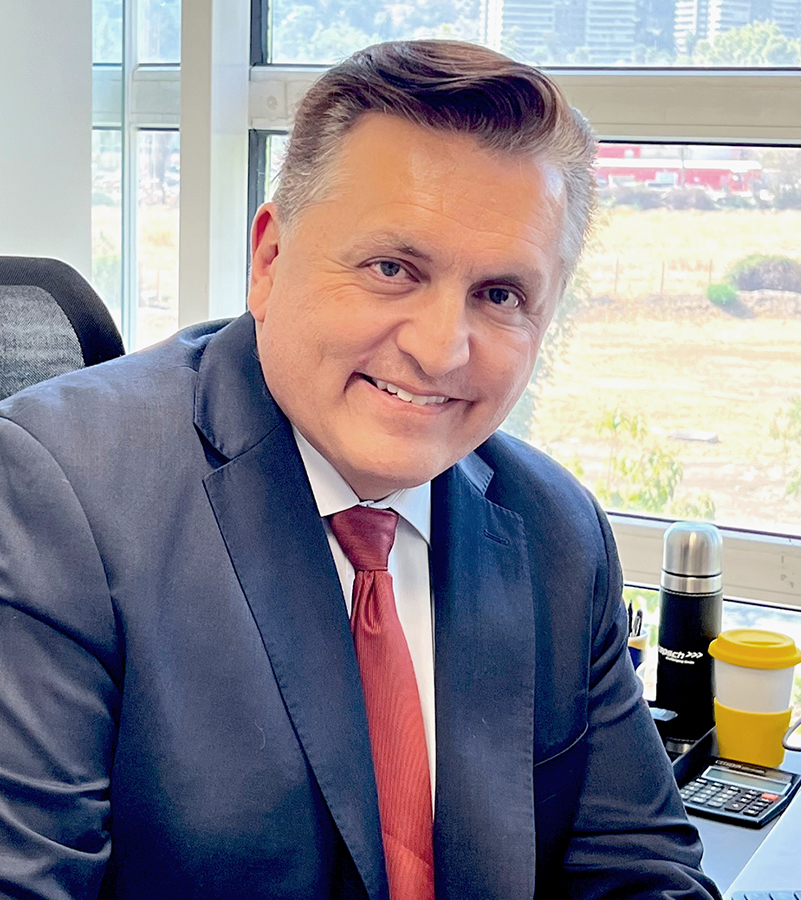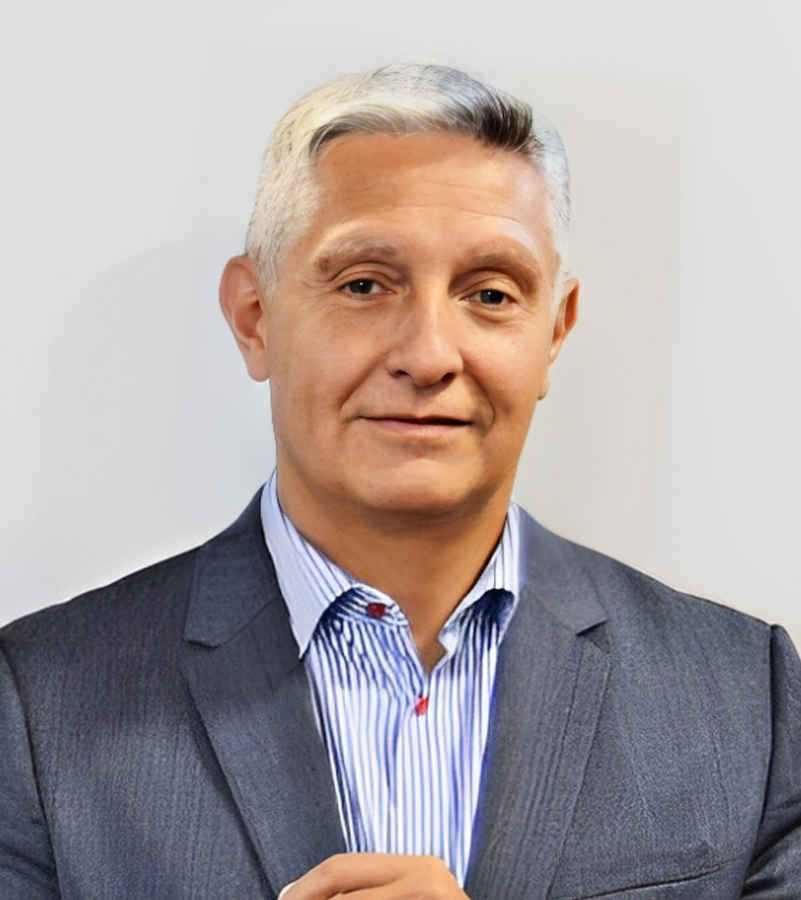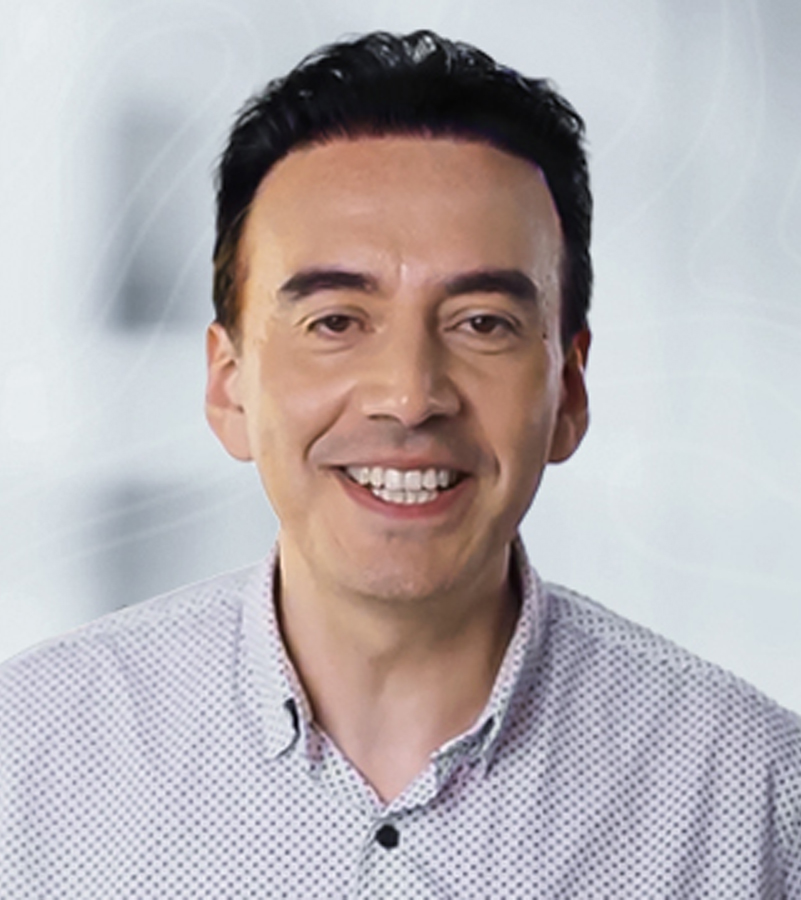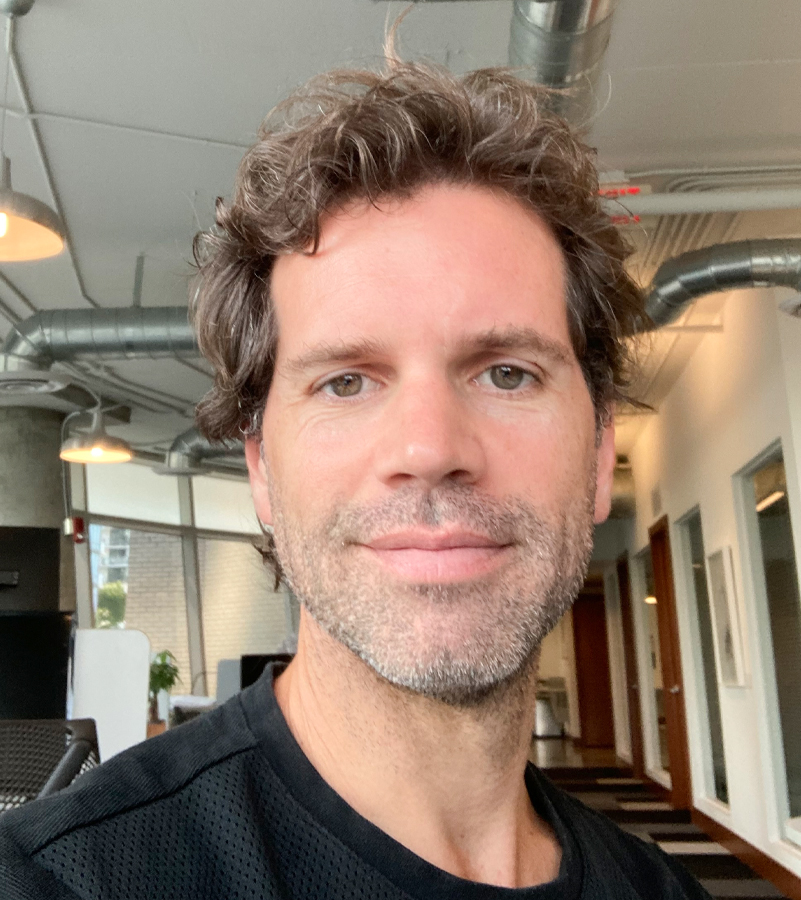"We've successfully positioned ourselves in a highly competitive market and have become an undisputed leader in our sector."
Could you please introduce yourself with your name and position?
I’m Ramiro Virreira, and I am the Senior Executive Vice President for Latin America. Globally, we operate the company across four regions: North America, which includes the U.S. and Canada; EMEA, which covers Europe and parts of Asia; Asia Pacific, which includes Oceania; and Latin America. I’m responsible for running the Latin America region.
What are the key factors behind Kapsch TrafficCom’s success in the Chilean market? We would like to know what helped you succeed in Chile.
It’s a very nice story because Chile is one of the pioneers in the new age of mobility. There were two countries worldwide that were the first to implement multilane free-flow tolling technologies: Australia and Chile. Chile was actually the second country to install free-flow systems, and with that, it completely changed the way transportation works by eliminating barriers. When the city of Santiago implemented its first urban highway, travel time for individuals commuting in the city was reduced from two hours to just 15 minutes.
With our technology, we eliminated toll barriers. We helped create a super highway, enabling people to travel from their homes to workplaces or other areas in just 15 minutes during mornings and afternoons. That was a big change, as it not only transformed traffic flow but also created a new market for digital tolling systems. This development enabled the digital control of every transaction and its assignment to a vehicle. That was the big transformation, and that’s why Kapsch is very successful in Chile. We were part of that story, and we were the ones who implemented the first Free Flow toll system in Chile.
After that, Free Flow toll expanded into the American and European markets. For example, in the U.S., you no longer see any toll barriers; it’s all free flow. However, Latin America hasn’t moved as quickly as Chile, which remains a pioneer.
Most of the country’s highways are now transitioning to free-flow systems, thanks to the “Chile Without Barriers” initiative. This concept is significant because moving steadily is safer — eliminating the need to stop for payment reduces accidents and creates a market for digital tolling.
Overall, the entire system benefits the people, boosts the economy and speeds up processes. Now, other countries are beginning to adopt systems similar to Chile’s. Brazil and Argentina, for example, are starting to enter the picture.
In comparison to the U.S. and Europe, Latin America has been slower to adopt these changes, but we are now at a turning point where the region is embracing the new age of tolling.
Could you please describe Kapsch TrafficCom’s core offerings that are particularly relevant to the Chile region? Which of your products or services are most important for Chile at this moment?
We have two main verticals where we operate in the mobility market: tolling and traffic. Everything falls under the ITS (Intelligent Transportation Systems) framework of mobility, and we cater to highways with various tolling solutions, with or without barriers, and ITS solutions.
Currently, in Chile, we operate both free flow and plaza tolling, as there are still highways with plaza tolling. We provide all the necessary technology, back office systems, software, tax management and gantry equipment to operate the entire system, along with our maintenance and operational services. Our team supports many highways, and we process around 3 million transactions per day.
In terms of the traffic market, we’re looking at how to help people move in the cities. The highways are mostly resolved, with a shift to free flow without barriers. However, cities remain a challenge because coordination of traffic lights and vehicle demand is necessary to avoid congestion. This is a problem in Santiago and many cities in Chile.
We’re developing solutions to manage traffic lights, including umbrella systems, and help regulate the demand of vehicles moving around the city. We have experience in Latin American cities like Rio de Janeiro and Buenos Aires, and that’s the market we want to address.
How does Kapsch TrafficCom differentiate itself in Chile’s rapidly evolving intelligent transportation system space? What makes you different from others in the smart transport sector in Chile?
We differentiate ourselves by being faster and delivering smarter, simpler solutions that outperform our competitors. For example, our implementation of free flow is safer and faster, enabling better monetization of transactions. This speed and effectiveness are our key differentiators, and we pride ourselves on delivering high-quality projects quickly.
What is the current scope and future vision for Kapsch TrafficCom’s market development across Chile? Where are you now, and where are you heading?
Currently, Santiago is undergoing modernization due to new highways. One example is the project called AVO (Vespucio Oriente I), which is a 12-kilometer tunnel under the city. The success of this concept in Santiago has prompted the government to expand it throughout the country.
The government is now focusing on cities like Concepcion and Viña del Mar, and we’re working hard on new highways in these cities. The northern part of Chile is another area for growth.
Our systems will also help improve security, which is an important issue in Chile. We’re committed to assisting the government, concessions and customers in connecting cities and improving infrastructure.
How does Kapsch TrafficCom collaborate with local clients, government agencies and other partners to deliver meaningful and lasting transportation solutions in Chile?
We have a big team in Chile, and we interact directly with our customers. We collaborate with local partners to complete our solutions, but maintain direct contact with customers and authorities. We help shape new policies by showcasing market trends, and the government also assists us in educating other countries, such as Brazil, about the technology. For example, we facilitated a successful interaction between Brazil’s and Chile’s authorities that allowed Brazil to understand how to implement these solutions. We maintain strong communication with transportation agencies, authorities and key customers, and now we’re working with municipalities and governments to take our efforts further.
What’s the main message you would like to share with the community and our readers about Kapsch TrafficCom? What do you want them to take away from this conversation?
I believe that Chile is moving in the right direction. Chile is a pioneer in the region and worldwide, and I think now is the time to help cities absorb the traffic solutions I’ve described. We need to work on the interaction between highways and cities, implementing smart solutions to serve citizens better. There’s a lot of room for progress, and we are in the correct direction and timing to implement these solutions effectively.
Is there anything else you want to add? I want to ensure we cover all aspects that are meaningful to you and the company.
From Kapsch’s perspective, we are proud to be in Chile. We are grateful to this great market, which has helped us grow and deliver our solutions. We have a lot to do in Chile and will continue to invest in it.



















